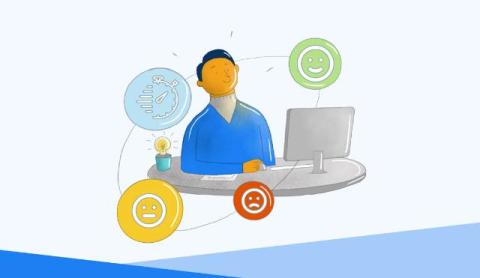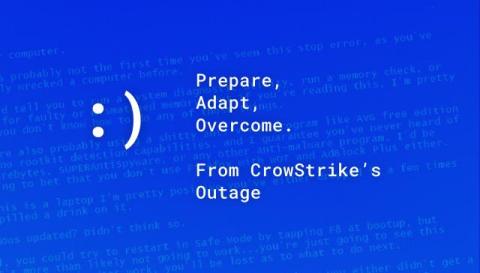The Impact of MTTR on Customer Satisfaction and Business Success
Today, businesses are increasingly reliant on their ability to provide uninterrupted service and respond swiftly to any disruptions. Whether it's a website outage, a malfunctioning application, or hardware failure, downtime can significantly affect a company's operations. Customers expect quick resolutions, and delays can result in dissatisfaction, loss of trust, and ultimately, business failure.










